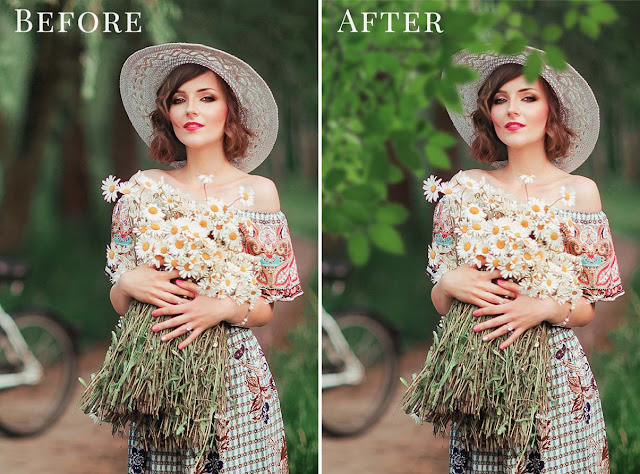Light Effects for Photography with Photoshop PSD Free Download Use this set of effects to make your photo awesome. A simple photo can become a work of art with simple steps. To create a composition of light and texture you can choose and combined many effects layers. You Can Also Download Light Leaks Effect Photoshop Action

For getting a very good quality I recommend to use a photo with a good quality, or if you use a low quality photo you have the resize the canvas, how you can do this you will see in this tutorial:
First step is to put your photo inside the folder named “place your photo here” after this you may start to choose from the organised folders that contain different effect layer and you can choose from there to create your light composition. To create a compositions of light and texture you can choose and combined many effects layers. You can erase different parts from layers effects (ex.: texture, lights effect) using a mask and eraser tool. Also you can use adjustments effect to change: color tone, contrast, luminosity. You Can Also Download
Features:
- 2PSD files landscape and portrait
- 3000x2000px , 300dpi, RGB
- 100% layered
Download the File Easily From the Download Link Given Below
Password is: dgpik.com
DOWNLOAD NOWLight Effects for PhotographyHow to Use Light Effects
- Understand the Purpose: Determine the objective or mood you want to create with the light effects. Whether it’s to enhance a photograph, set the ambiance for a stage performance, or create a particular atmosphere in a room, clarity about your intention will guide your choices.
- Select the Right Lighting Equipment: Depending on your needs, you might choose from various light sources, such as LED lights, stage lighting fixtures, or even natural light. Consider the color temperature, intensity, and adjustability of the lights to suit your requirements.
- Experiment with Colors: Colored gels or filters can be used to modify the color of your light source. Place them over the light fixtures or in front of the lens in photography to achieve different hues and tones. Play around with different combinations to create the desired effect.
- Control Light Direction: The direction of light greatly impacts the final outcome. Experiment with different angles and positions to achieve the desired shadows, highlights, and depth. Use reflectors or diffusers to manipulate and soften the light as needed.
- Explore Light Movement: For dynamic effects, consider using moving lights or techniques such as panning or long exposure photography. Moving lights can create interesting patterns or simulate natural phenomena like water ripples or fire. Long exposure photography allows you to capture trails of light, such as light painting or star trails.
- Utilize Props and Surfaces: Introduce objects or surfaces that can interact with light. For example, prisms can create stunning rainbow effects, while reflective surfaces like mirrors or metallic objects can bounce and redirect light in unique ways. Experiment with different materials to see how they influence the light.
- Incorporate Light into Composition: Consider the overall composition or scene when using light effects. Whether it’s placing lights strategically to highlight specific elements or using shadows to add depth and mystery, be intentional about how light interacts with the subject or environment.
- Practice and Experiment: The key to mastering light effects is to practice and experiment regularly. Explore different techniques, play with settings, and take risks. Learn from your successes and failures, and let your creativity guide you.
Remember, safety is essential when working with lighting equipment. Follow manufacturer guidelines, be cautious with heat-emitting lights, and be mindful of any potential hazards in your environment.
Whether you’re a photographer, lighting designer, or simply someone looking to enhance their creative projects, the effective use of light effects can significantly elevate the visual experience.







